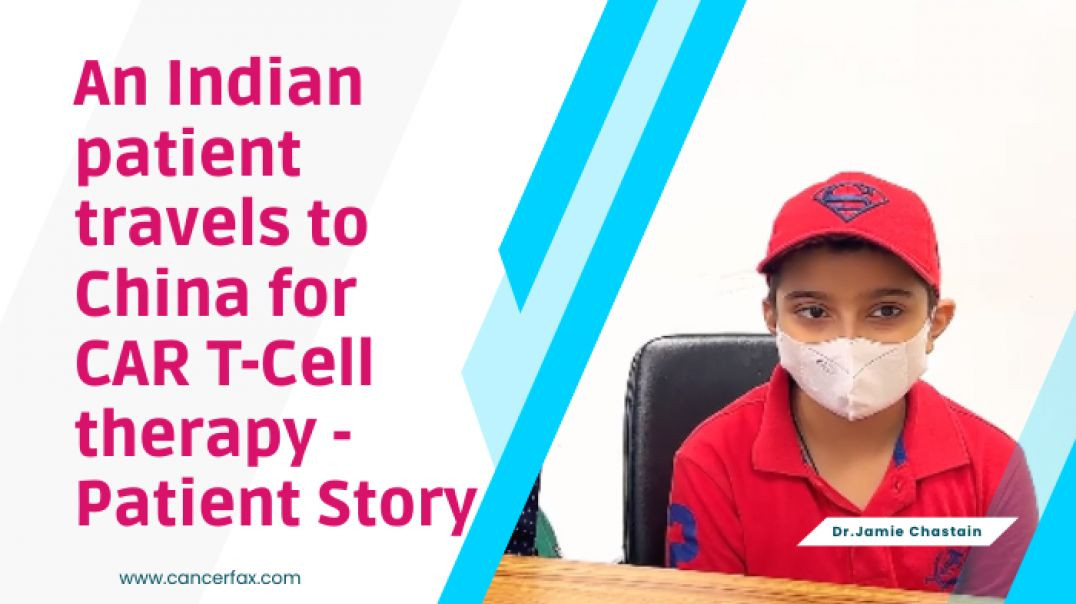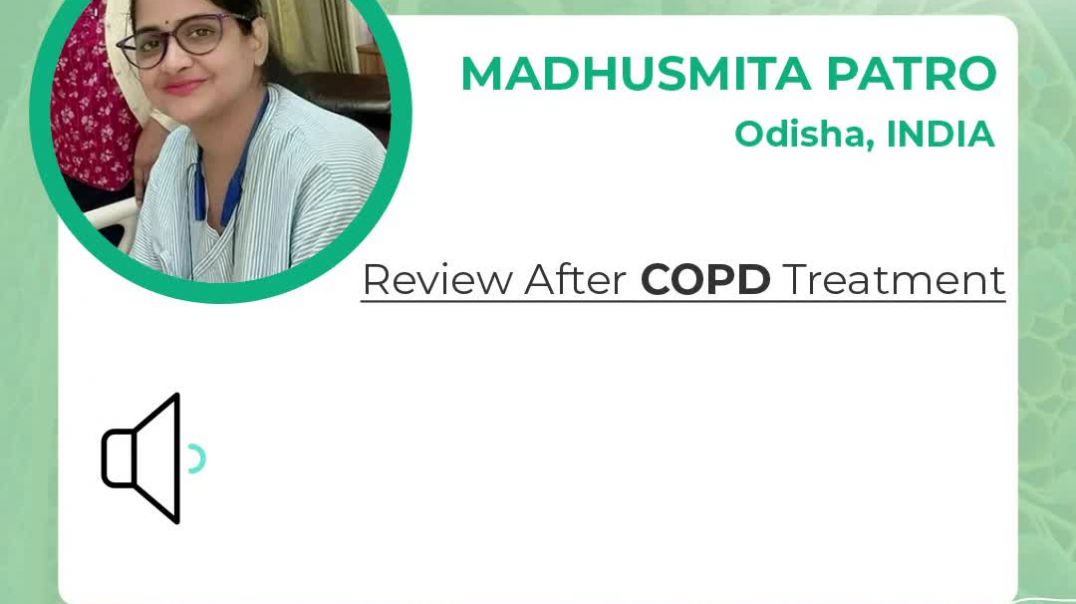Basal Cell Carcinoma- Putting your Best Face Forward
We winterize our wardrobes, we protect our plants and animals from the cold, but many times we're forgetting what's right under our noses - the potential for skin cancer, even in the winter.
"Basil cell carcinoma is a very common type of skin cancer. Here in Florida, of course, where it's one of the world capitals of skin cancer," says Dr. Lowell Hart, oncologist/ hematologist on Lee Memorial Health System's medical staff.
Between 40-50% of American's who live to age 65 will have basil cell carcinoma at least once.
"Most people get them in middle age or above. Where they have had skin exposure, the face, the chest, the arms - those sort of area there," says Dr. Hart.
2.8 million people are diagnosed with basal cell each year in this country. While it's rarely fatal, the lesions can be highly disfiguring.
"It can be close to the eye, close to the ear, close to the nose, which requires a very large circumcision to remove it," says Dr. Hart.
Seventy percent of basal cell cancers occur on the head, most commonly our nose. Keeping yourself covered or protected by with a broad-spectrum sunscreen SPF 15 or higher is your first line of defense. The next is recognizing the trouble spots.
"Sometimes they are flatter and discolored they don't tend to be things that look like moles. Any area that is not healing, that looks discolored at all should probably get checked by a dermatologist," says Dr. Hart.
Your dermatologist handles routine treatments that may include freezing or burning the cancer. Leaving them unchecked can lead to deeper problems.
"Although they have a very small risk of metastasizing, which means moving to another part of the body. They can get invasive and they can get deeper and bigger," says Dr. Hart.
So even in the winter months, it's important to take precautions. So you don't get burned.
View More Health Matters video segments at leememorial.org/healthmatters/
Lee Memorial Health System in Fort Myers, FL is the largest network of medical care facilities in Southwest Florida and is highly respected for its expertise, innovation and quality of care. For nearly a century, we've been providing our community with everything from primary care treatment to highly specialized care services and robotic assisted surgeries.
Visit leememorial.org




















![Actinic Keratosis Treatment and Cancer Potential - Eyelid, Face, and Neck [Dermatology Course 32/60]](https://i.ytimg.com/vi/ffcHWDpKZqQ/maxresdefault.jpg)


SORT BY-
سرفہرست تبصرے
-
تازہ ترین تبصرے